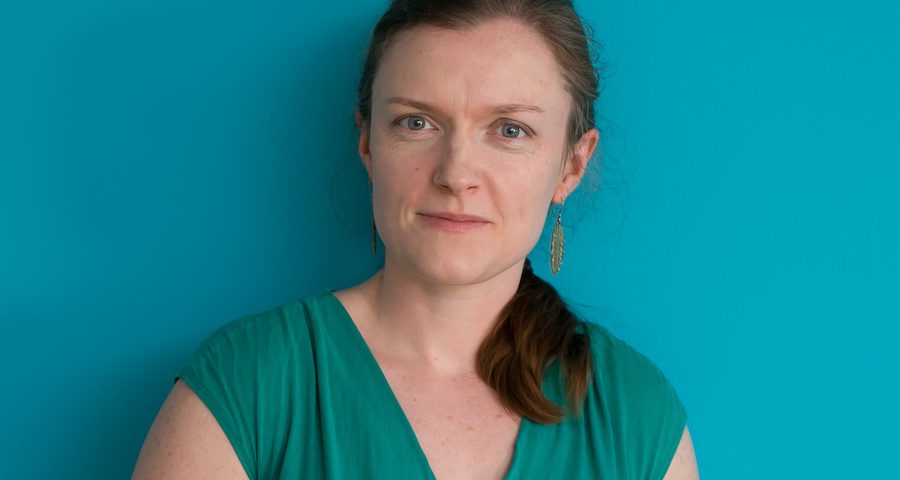
Expert View: Donor revolution brings new legacy potential
December 5, 2018
Your Voice: Growing philanthropy in Germany
December 5, 2018The giving cycle is a simple concept but charities are still struggling to embed it in their fundraising programmes, says Caoileann Appleby, strategy director at Ask Direct. Here she shares her tips on putting the cycle of asking, thanking, giving and getting feedback into practice.
The giving cycle is a simple schema for how your supporter communications should work: first you ask, then you thank (for the donation/support), then you feed back about the difference the support has made, then you ask again. Ask – thank – feed back – ask again ad infinitum.
We all do it – right? Particularly in individual giving, it should form the bedrock of your communications plan. But too many organisations are still struggling.
Making the giving cycle work for your organisation is part of a supporter-centric culture, and that’s not a quick fix. But if you’re wondering how to start improving your donor retention rates, building donor loyalty, and maximising your income, here are my top tips:
Say thank you
Why? Donors notice. They really notice. In Ask Direct & Bluefrog Fundraising’s recent research, thank you communications were some of the most valued:
“They send me a thank you letter straight away and I have a read of it. I’m pleased with what they’re doing and how they’re doing it.”
In fact, in DonorVoice surveys of charities small to large and across different sectors, 8 of the top 10 donor experiences that predict long-term loyalty are donor care experiences. Things like being thanked promptly, getting a good response when you phone, and having your queries answered effectively. They might seem too basic to bother with, but if you’re not doing them, other charities will – and your donors will become more committed to them than they are to you.
Thanking is not only the basis of good donor care, but thank you letters mean more money in appeals, as this experiment demonstrates:
“Those who received the thank-you gave on average $45.32 more than those who did not receive the thank-you.” (Shang, Sargeant, Carpenter & Day, Learning to Say Thank You, 2018).
I recommend reading the whole Shang et al paper, but the basic conclusion is that a thank you boosts subsequent appeal income without affecting response rate. And it’s no coincidence that the charities delivering the best donor care (according to our research) also tend to achieve the best fundraising results.
A prompt, personal, specific thank you communication is the bedrock of everything else. If you need inspiration, SOFII has an amazing archive of thank yous to start you off.
Give (and get) feedback
It makes sense, right? As a supporter, you want some reassurance that your donation has done the job it was supposed to do before you give again.
In our research, a good newsletter was usually valued, but supporters wanted more feedback on how their support has had a real impact on the specific need that they’ve responded to:
“There’s one type of communication I’d like to see although it would probably be difficult, you see images of children and they’re absolute skin and bone ….now it would be nice to know in a few months how that child is, whether he or she is still alive. I’d like to pick out somebody and I’d talk to my grandchildren and I’d say look at what happened there with the few shillings we put in…. he was almost gone and we brought him back to a healthy life.”
Too often I see ‘feedback’ communications that just give a general update on the amount raised, with nothing about the actual impact on the issue they care about – or worse, charity newsletters that are all about the charity instead of what the supporters have done and could do.
At Abortion Support Network (ASN), e-newsletters are the bedrock of the charity’s fundraising. Using beneficiary quotes and stories makes the connection between supporters’ donations and the real change clearer than anything we could say:
“I remember when I got the first newsletter email… it was literally the first time in my life I felt like something I had done had made a real difference to someone else.” (ASN supporter)
Giving feedback – whatever format and channel makes most sense – is crucial, of course. But at ASN, the charity also asks supporters for their feedback. And in doing so, managed to create the most successful regular giving appeal it had ever done. You can read more about that here.
So make space in your communications for genuine, specific donor-centred feedback – and don’t forget to ask your supporters for theirs.If budgets are tight, you don’t have to introduce a new communication – start by using the back of the response form for donor feedback, or inviting supporters to email you back with their thoughts. It costs nothing, and you’ll learn a lot about how your supporters think and feel – which makes your appeals better too.
Think long-term
We all know long-term KPIs are what we should be focusing on, prioritising them over the vicissitudes of appeal-to-appeal income, response rate, and (personal pet peeve) campaign ROI. But when your senior management or board is only focused on the latter, you are forced to focus on the KPIs they want instead of the ones that matter. And when you’re working on that gala dinner or one-off appeal, you might not have the time, resources, or expertise to dig into your database to find the numbers to back up your case.
Good fundraising is about building relationships with supporters; it takes knowledge. It also takes time. If you don’t know where to start building your case for more long-term KPIs – and more time to see results – start by tracking your basic second gift rate and lifetime value with the free calculators available here.
The giving cycle seems simple. And many organisations just don’t believe something this simple could make such a difference. There’s got to be something more sophisticated, more innovative, more interesting that will solve all their fundraising problems! They go from channel to channel, brand to rebrand, and agency to agency trying to find that holy grail.
The giving cycle works. The evidence tells us that. One of the most successful fundraising charities in Ireland tells you that. And ASN’s individual giving income, which increased by 1250% in five years using the giving cycle certainly tells you that.
Ask-thank-feedback seems too simple. It is simple. It’s not necessarily easy to implement, create, or follow through.
But it is worth it.
About Caoileann Appleby
Strategy director at fundraising agency Ask Direct in Dublin, Ireland, Caoileann Appleby works on donor research, donor development, multi-channel recruitment, legacy, and alumni fundraising. Previously she worked for clients like the Stroke Association, the University of Leeds, and the UN Refugee Agency at On Agency and Bluefrog Fundraising in the UK. She has also been a Trustee and volunteer fundraiser for the tiny-but-mighty Abortion Support Network, and is proud to have played a part in Together for Yes‘s awe-inspiring fundraising efforts earlier this year.
A version of this article was first published on Ask Direct’s blog on 12 November 2018.




